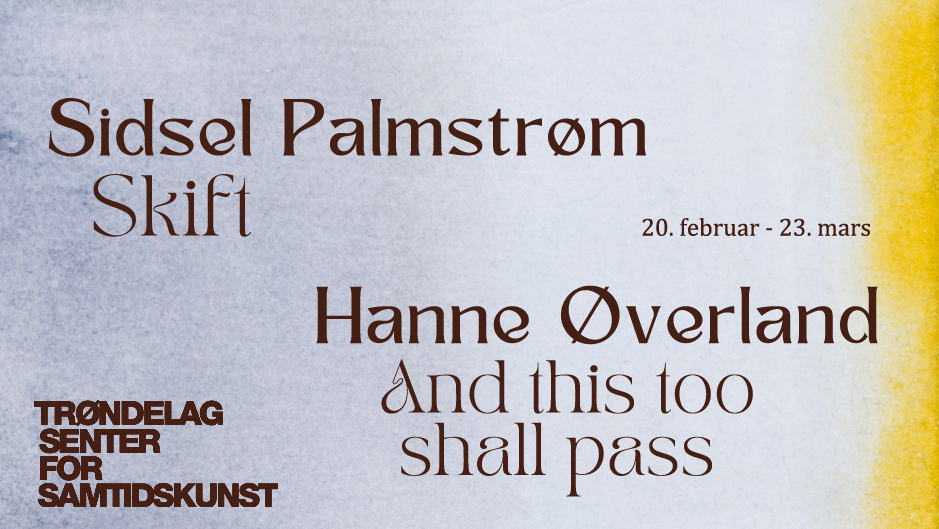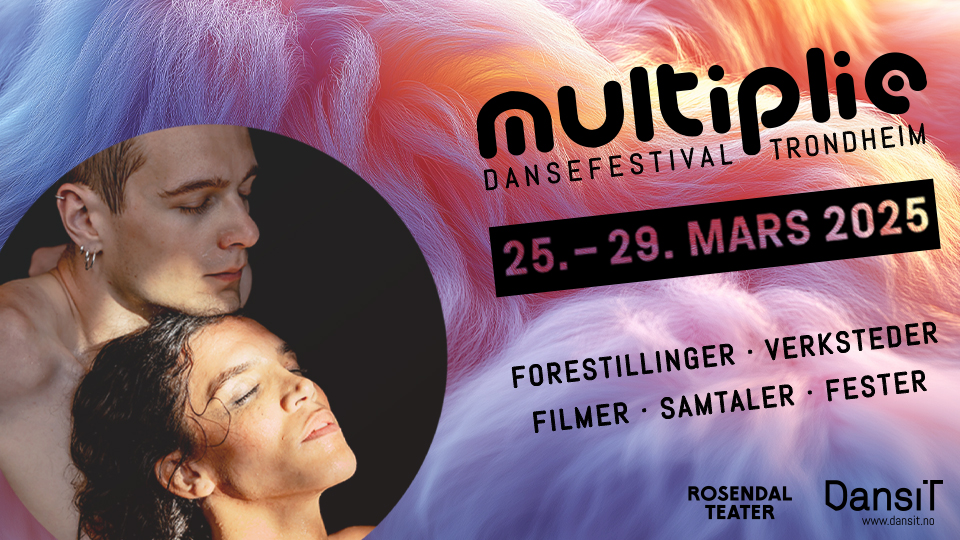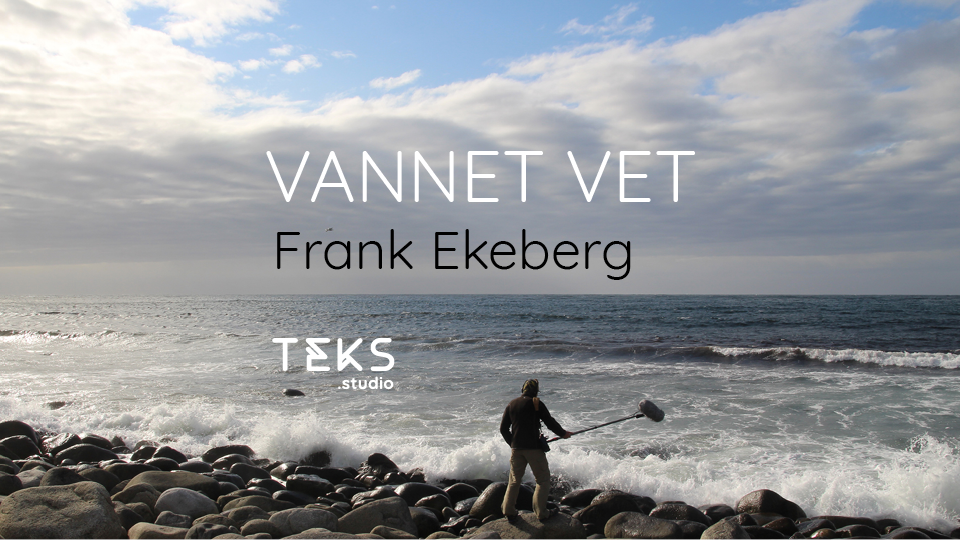New Spaces in Trondheim
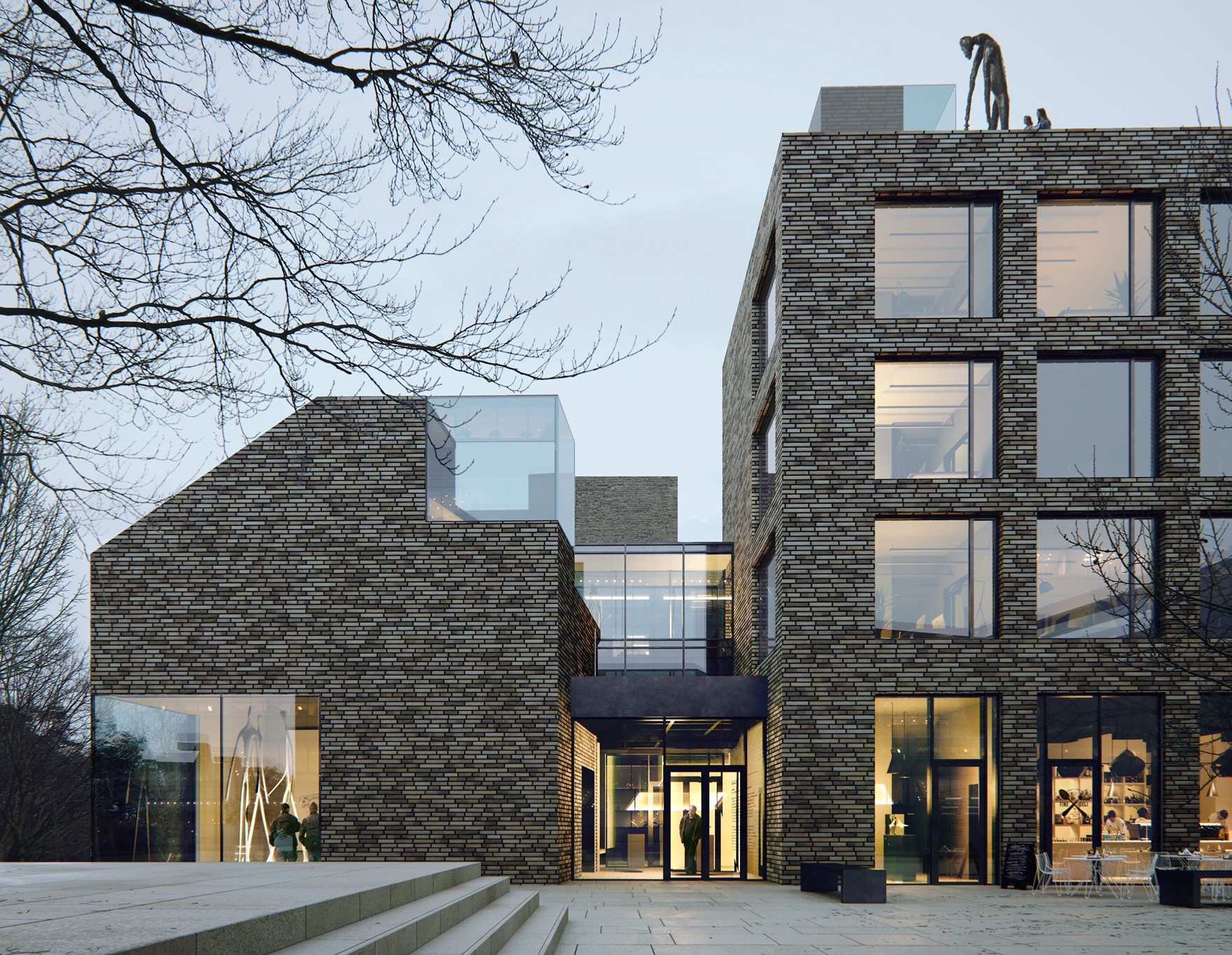
Opinion, Susanne Christensen 15.12.2021
The corona crisis, Oslo’s penchant for pompous, iconic buildings, and the uneven distribution of resources between the capital and the rest of Norway may all have helped to pull new patrons and private money into Trøndelag’s cultural sphere. In November, Susanne Christensen was a guest critic in Trondheim. Here she writes about the latest developments on the art scene.
I
For me, the word kuk [which translates into English as cock (editor’s note)] doesn’t trigger any alarm bells. In my recollections of growing up in a primarily Danish-speaking environment, where dirty words provoked reactions ranging from laughter to shame, somehow kuk never got established as a taboo. And this is precisely what Trondheim’s newest art space has chosen to call itself, kuk. In both Norwegian and Swedish, the reference to the male organ can hardly be ignored, and since K.U.K., an acronym for Kjøpmannsgata Ung Kunst [meaning literally Kjøpmannsgata (the address) Young Art (editor’s note)], is financed by a private fortune, it is tempting to think there may be a little too much kuk here. Money from that fortune is still flowing via an expressive and somewhat kuk-oriented artist by the name of Kjell Erik Killi-Olsen, who spent his youth in 1980s New York; an artist whose production reflects the more free-spirited section of that city’s art scene – in other words, yet more kuk.
At the glamorous opening, however, which took place in instalments in late November, it dawned on me that a space can hardly be compared to the male organ. As the flashily dressed guests stream in through the door to the new exhibition venue, we are greeted by friendly, solicitous young women, each with a green ribbon around her neck printed with the word kuk. But it is us, the people streaming in, who are the kuk, because we almost end up stumbling straight into the genital orifice of a supple young mother who happens to be draping herself athletically over a baby stroller. The woman’s backside that confronts us – visitors, money, potency – belongs to an uncanny life-size work called Jealous Jasmine (2014) by Anna Uddenberg, part of the opening exhibition It’s Just a Phase, curated by Rhea Dall and the artist duo Elmgreen & Dragset. Uddenberg’s work captures a female capacity for multi-tasking that seems to suggest stress. While we might have moved on from old-fashioned dichotomies such as “whore vs. Madonna”, the demands of modern society require us to be both competent child-rearers and elegant sex objects at one and the same time.
During the opening festivities, visitors eagerly poke about in the labyrinthine building. These are cool spaces! A number of pre-existing premises have been linked up to form a stimulating, intriguing exhibition venue that could be many things: from bingo hall to castle, so to speak. The varied tactile qualities of the rooms are exciting and thought-provoking, a challenge not least to notions of class. The art critic Gustav Svihus Borgersen remembers walking past during the many years when part of the complex was still a bingo hall. Its door gave access to a foreign world where elderly people sat huddled over their game cards. It is into this bingo hall, or garage, now a large bright room with a ready echo, that guests flock to hear the VIPs deliver their inauguration speeches.

Deep underground, K.U.K. has incorporated a mysterious icy room with vaulted stone walls. A church ruin or the castle’s dungeon? The room with the highest ceiling, there is plenty of space here for local girl and world star Hannah Ryggen (1894–1970). Considering her year of birth, she is the doyenne of the exhibition. Her powerful, anti-fascist textile art engages in subtle dialogue with other works in space, such as Erika Stöckel’s ceramic figures (We map the gift we lost, 2021), which stand at the centre of the room on a low plinth. In her earlier works Stöckel frequently made use of humour. Her creations could be viewed as bulging body parts, but here the figures are interlinked by means of a family tree drawn on the plinth. One of the figures is equipped with a tool that was once used in phrenological research – a kind of callipers for measuring the skull. A new seriousness has risen to the surface, and during a public discussion, Stöckel talks about the research she has been doing into her Sami family background and the fact that the figures represent things experienced by members of her family.
It’s just a phase? Covid-19 is just a phase, the financial crisis is just a phase, and all our crazy identity experiments – they too are just a phase. Although there is no chance of a permanent transition and a new era, no possibility for real change, K.U.K. seems to be working on the case. From a purely financial point of view, Killi-Olsen presents himself as a patron. Here and there, BA students at the art academy have received unexpected financial support, and Killi-Olsen is also the man behind the substantial monetary prize awarded in connection with the Trøndelag Exhibition; 50,000 kroner for an up-and-coming artist, regardless of their age. In this smart new style of capitalism, Killi-Olsen is at the centre of a swarm of blue lounge suits. Betting on young art is another libidinal economy, a thrilling new game. It is also an integration strategy, one that is more appealing than various indignant campaigns, to support young artists from different continents by actually giving them money and a platform to show their art, and hence possibly a foothold from which to launch a future career.
On stage, Killi-Olsen is relaxed. He takes the time to wave to friends passing by on the street outside. He addresses the packed hall in a slightly rambling style, bubbling over with affirmation and encouragement for one and all, especially his collaborators. Lurking behind the black sunglasses – I imagine – is a genuine generosity, but also the mind of a shrewd businessman: “Oh, you’re so amazing!” It’s the style of Andy Warhol, and it works. He turns inquisitively to his interviewer Märit Aronsson, trying to put the spotlight on her instead of himself. There’s something evasive about it, but also eccentric and entertaining. It’s clear that Killi-Olsen is surrounded here by fans from both the wealthy elite and the avant-garde. It isn’t easy for the interviewer to deflate him.
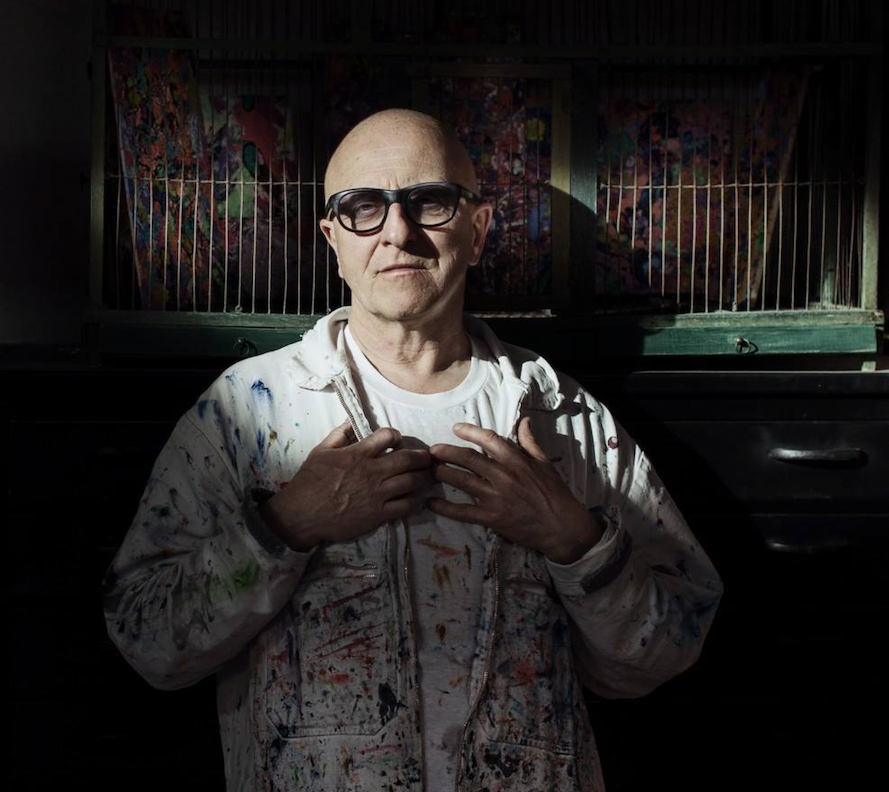
Will K.U.K. become a palace that celebrates Killi-Olsen’s own art? We’ll have to wait and see, but for the time being his works can only be found on the façade and in the restaurant; on the former, the Instagram-friendly and relatively kuk-less bronze figure Beskytteren (The Guardian), in the latter, two burgundy-coloured reliefs of carnivalesque figures, each covering an entire wall, which together create a pleasant impression of being inside an earthy cave. Although it is a motley, expressive, provocative, and entertaining kind of art that dominates in the opening exhibition, there are also elements of pain and seriousness. The art on show could hardly be described as abstractly intellectual; here we find bodies of all kinds and a level of accessibility verging on the popular, in contrast to other exhibitions elsewhere in town, which are more inclined to engage in academic discourses.
More private money is on its way into Trondheim’s art and cultural sector, with the multimillionaire Ole Robert Reitan also planning to contribute a new art venue in the near future. Quite possibly, the corona crisis, along with Oslo’s penchant for pompous, iconic buildings, and the uneven distribution of resources between the capital and the rest of Norway have helped to pull new patrons and private money into Trøndelag’s cultural sphere.
II
More unrest and change are on the way in Trondheim. The situation comes to a head in December in connection with proposals for a museum merger that have long been on the table. Midtbyen has two relatively run down buildings: Nordenfjeldske Kunstindustrimuseum (Trondheim’s National Museum of Decorative Arts and Design), which has an asbestos problem, and Trondheim kunstmuseum, concerning which the museum’s director Johan Börjesson readily admits: “Here the rain comes in once in a while!” Both museums are short of space, lacking storage facilities and workshops, but Trondheim kunstmuseum especially so. In its current location, as a close neighbour of Nidaros Cathedral, expanding or digging downwards are hardly an option. And neither will there be anything like the amazing Rockheim superstructure!
Both museums belong to MiST, the Museums of Southern Trøndelag, under the leadership of director Karen Espelund, who opens a debate at Arkitektenes hus on 18 November by describing the proposals currently under consideration. At stake is a choice between not just three different locations, but rather three very different visions for the museums’ future buildings: to emulate K.U.K. by incorporating nearby buildings; to make something of the former German submarine bunker Dora II in Nyhavna, the city’s still affordable and creatively diverse port area; or to build something new at Leüthenhaven on the site of what is currently a car park.

At the meeting, Espelund speaks with great energy, breezily conjuring up utopian visions for the future. But as the speakers start to take questions from the audience in the tightly packed room, it becomes clear that many people are worried. As Steffen Wellinger, professor at the Department of Architecture and Planning at NTNU, points out to me a few days later, architects are turning to a new style. Whereas in the past, visions for a utopian future ruled supreme, building without constraints is no longer acceptable. The architectural profession is shifting towards a new paradigm that takes the notion of climate responsibility seriously – buildings and their materials should be recycled. The plans for Oslo’s latest wow-factor buildings – the Munch Museum and the new Deichman library at Bjørvika, both now complete – were approved in the noughties, when the climate issue was secondary to the dream of making Oslo a destination for international tourism. If Trondheim opts for a large new museum building, it won’t be finished before 2030, with the risk of it being seen as the last embarrassing dinosaur from an era when people thought you could build without a care for the environment.
In other words, it’s the pursuit of iconic buildings that really counts as kuk. In a negative sense. In many ways, it’s tempting to think Trondheim should have one large museum building capable of housing international exhibitions, a dream it might be possible to fulfil by focusing on Dora II, provided one doesn’t burn one’s bridges. Dora II is, however, a structure charged with historical significance, as Börjesson and curator at Trondheim kunstmuseum, Marianne Zamecznik, point out when I meet them. What message would it carry to exhibit Hannah Ryggen in Dora II? It is hardly a neutral historical setting. And neither could it be described as an adaptable and accommodating white cube.
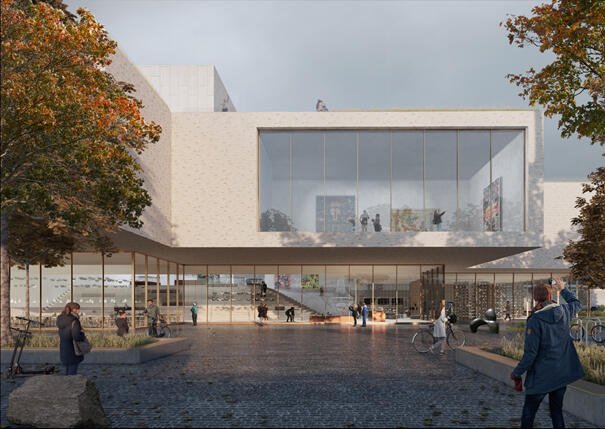
III
On 25 and 26 November, Trondheim kunstmuseum arranged a seminar entitled Towards a Future Museum Glossary: A for Ability, T for Trust. Founded just a year ago, the project is the initiative of the intra-Nordic research network Museum Why? Participants arrive from several Nordic art museums, all of which are facing change and transformation: Kiasma in Helsinki, Malmö Art Museum, and Trondheim kunstmuseum, represented by director Börjesson and curator Zamecznik. There are also other invited guests, including a Romanian situationist group called Apparatus 22, whose contributions include both lectures and interventions: “Let’s put all the chairs in a circle and talk together!” shouts the Romanian situationist enthusiastically, prompting me to glance anxiously at my imaginary wristwatch and to look around in search of the nearest escape route.
One of the guests who, unlike the above, directly addresses the situation in Trondheim, is the aforementioned Steffen Wellinger. As recently as 3 December, Wellinger gave an interview to Adresseavisen, which appeared under the unambiguous headline “Architect warns against new mega building”! He openly discusses the three proposals currently on the table, but adopts a stance that is clearly environmental in relation to the monumental new build that many dream of. One of the themes Wellinger talks about in his presentation at Trondheim kunstmuseum is the possibility of designing the storerooms so as to make them publicly accessible. It is a solution that has been successfully implemented by a number of foreign museums, including in Basel. We get the point when he shows a diagram illustrating the huge size of the collections that museums hold compared to the percentage actually shown to the public. The art wants to be used and ought to be accessible! It is astonishing to see the figures from, for example, the new National Museum in Oslo, which holds 400,000 art objects, of which only 2% are currently on display.

There are a number of enthusiastic contributions about so-called third spaces – your home away from home – such as public libraries. It should be noted that a modern museum is no longer a quiet, formal sanctuary, but rather a space where children run around and one finds all kinds of workshops and other activities that help to foster the democratic spirit. Art no longer boils down to a taciturn oil painting hanging on a wall, which one peers at while walking about in silence. It also consists of social interventions, education and debate. In fact, the museum has become your new community centre!
The seminar takes the form of a collective brainstorming comparable to countless other experiments throughout the history of art in which institutional critique has helped to revise and reorient our notions of what a museum can be. The debate about content, Börjesson and Zamecznik tell us, is forever on-going. The questions are implicit, on the one hand, in their job descriptions, and on the other, frequently in the institutionally critical practices of artists themselves. One thing is the outer shell and the question of the message a monumental building would convey, but money also needs to be invested in developing the content and the fluid concepts that function as the software of art museums. It is up to visitors to be a little less deferential in their encounters with art – not disrespectful, but forthright and passionate. Since admission to some of the museums in Midtbyen is free, I’ll pop into K-U-K again tomorrow to watch the little video masterpiece in the ladies’ toilets.
Thanks to Gustav Svihus Borgersen, Steffen Wellinger, Johan Börjesson, and Marianne Zamecznik for informative conversations.
Postscript:
On 9 December, MiST published its final recommendation for the museum merger. Ultimately, they opted for the Leüthenhaven solution, which you can read more about here.
In response to my request for a brief comment, Steffen Wellinger answered as follows:
“As a location, Leüthenhaven follows a familiar and safe pattern, but it’s a pity there was absolutely no formal discussion about merging spaces for the display and production of art. The choice of a large institution is based on pragmatic assumptions about operating costs rather than a consideration of everything the art sector can contribute to urban and community development. As for the ensuing process, I hope people will show courage in addressing the possibilities for the art field in Trondheim, that they will push environmental concerns higher up the agenda, and give some serious thought to the fate of the two existing buildings.”
Original text translated by Peter Cripps / The Wordwrights
